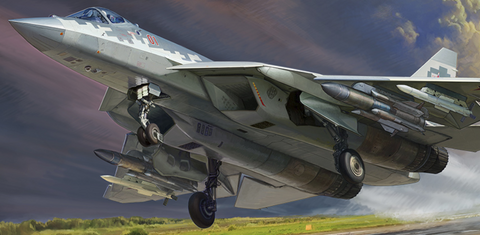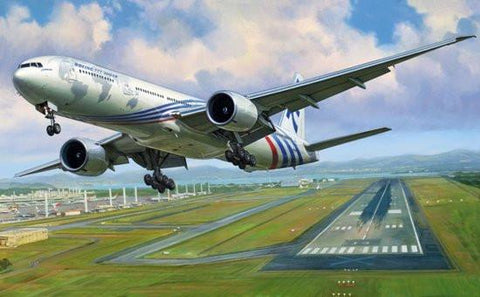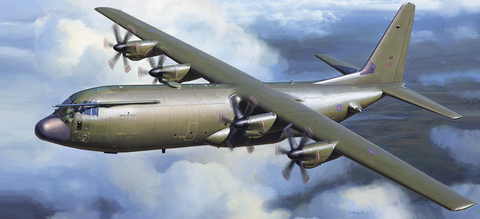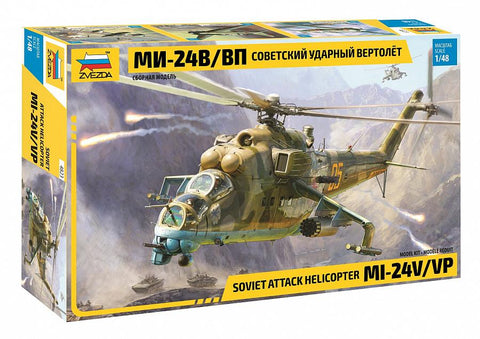
Zvezda Aircraft 1/144 A90 Orlyonok Troop Carrier Aircraft Kit
AVAILABILITY OF THIS ITEM IS UNCERTAIN DUE TO SANCTIONS AGAINST THE RUSSIAN FEDERATION
The A-90 is a unique ground effect vehicle, developed in the seventies in the Soviet Union.
The Orlyonok was designed as a transport and also as a beach assault unit. Unlike other Soviet Ekranoplan designs, the Orlyonok was amphibious and was equipped with wheels for beaching and land based takeoffs.
The layout of the engines on the Orlyonok was unusual and a testament to the special needs of such an unconventional aircraft. Mounted in the top of the tail, it featured a massive Kuznetsov NK-12 turboprop, the most powerful turboprop ever made, which provided cruise power. The nose of the aircraft mounted two turbofan engines with the intakes on top of the nose and the exhaust along the sides of the fuselage. The thrust of these engines could be vectored either under the wings to produce PAR thrust for takeoff, or over the wings to generate extra propulsion and increased lift. Under cruise conditions and in ground effect, the front engines could be shut off since their power was unnecessary to keep the aircraft in the air. This also minimized intake of water, salt and ingestion of low flying birds.
Both takeoff and landing were assisted with large span-length flaps that greatly increased lift and could capture PAR thrust for increased air pressure. Water landings were assisted with a hydro-ski that extended out of the belly of the craft behind the main wings.
The front end of the Orlyonok was hinged behind the radar dome and the whole assembly could open sideways to speed disembarkation of the infantry it carried, or of a BTR APC. The Orlyonok had a built in folding ramp that allowed it to load and unload vehicles with no external support.
The Orlyonok was designed as a transport and also as a beach assault unit. Unlike other Soviet Ekranoplan designs, the Orlyonok was amphibious and was equipped with wheels for beaching and land based takeoffs.
The layout of the engines on the Orlyonok was unusual and a testament to the special needs of such an unconventional aircraft. Mounted in the top of the tail, it featured a massive Kuznetsov NK-12 turboprop, the most powerful turboprop ever made, which provided cruise power. The nose of the aircraft mounted two turbofan engines with the intakes on top of the nose and the exhaust along the sides of the fuselage. The thrust of these engines could be vectored either under the wings to produce PAR thrust for takeoff, or over the wings to generate extra propulsion and increased lift. Under cruise conditions and in ground effect, the front engines could be shut off since their power was unnecessary to keep the aircraft in the air. This also minimized intake of water, salt and ingestion of low flying birds.
Both takeoff and landing were assisted with large span-length flaps that greatly increased lift and could capture PAR thrust for increased air pressure. Water landings were assisted with a hydro-ski that extended out of the belly of the craft behind the main wings.
The front end of the Orlyonok was hinged behind the radar dome and the whole assembly could open sideways to speed disembarkation of the infantry it carried, or of a BTR APC. The Orlyonok had a built in folding ramp that allowed it to load and unload vehicles with no external support.
- Decals for 2 Soviet/Russian Planes




